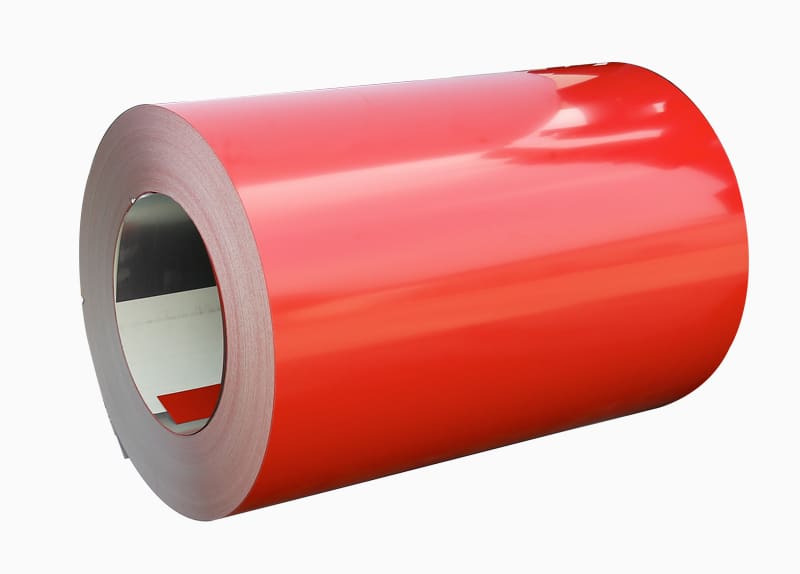What are the factors that affect the performance of color-coated board substrates, how much do you know? Next, let the editor give you a brief introduction, I hope it will be helpful to you.
Color coated board
The color-coated substrate is a galvanized sheet. The commonly used mechanical properties of the material are tensile, impact and hardness. For different purposes, the items required to be tested are different. Generally, the color-coated sheet for building envelopes only needs to be drawn. In the tensile test, the tested items include tensile strength, yield strength and elongation.
Yield Strength
When the substrate is stretched, after the stress exceeds the elastic limit, the deformation increases rapidly. At this time, in addition to the elastic deformation, part of the plastic deformation is also generated.
When the stress reaches the yield point, the plastic strain increases sharply, and a small fluctuating platform appears on the curve. This phenomenon is called yielding. The maximum and minimum stresses at this stage are called the upper yield point (ReH) and the lower yield point (ReL), respectively.
Since the value of the lower yield point is relatively stable, it is used as an indicator of the resistance of the material, which is called the yield point or yield strength.
tensile strength
The tensile strength (Rm or Ts) is also called the strength limit, which refers to the maximum stress that a material can withstand before it breaks.
When the substrate yields to a certain extent, due to the rearrangement of the internal crystal grains, its resistance to deformation increases again. Although the deformation develops rapidly at this time, it can only increase with the increase of the stress until the stress reaches the maximum value.
After that, the ability of the substrate to resist deformation was significantly reduced, and large plastic deformation occurred at the weakest point, where the cross section of the test piece quickly shrank, and necking occurred until it was broken.
The maximum stress value before the substrate breaks under tension is called the ultimate strength or tensile strength. Its testing requirements and methods are consistent with the yield strength. In fact, the yield strength and the tensile strength are simultaneously detected on the tensile curve during the measurement.
Elongation
The percentage of the total elongation of the substrate material to the original gauge length after tensile fracture.
hardness
The main principle of Rockwell hardness and surface Rockwell hardness test is to first press the indenter to the surface of the sample with the initial test force, and then press the indenter into the surface of the sample with the total test force. After the specified holding time, remove the main test Force, use the measured residual indentation depth increment to calculate the hardness value.
It is suitable for the Rockwell hardness and surface Rockwell hardness measurement of cold-rolled sheets, hot-dip galvanized sheets, electro-galvanized sheets and electro-tinned sheets. According to the thickness of the steel plate, generally speaking, the surface hardness of thin steel plate is measured, while the Rockwell hardness of relatively thick steel plate is measured.
There are corresponding conversions and corresponding relationships between these different hardness units, and the method used is GB/T 230-91.





